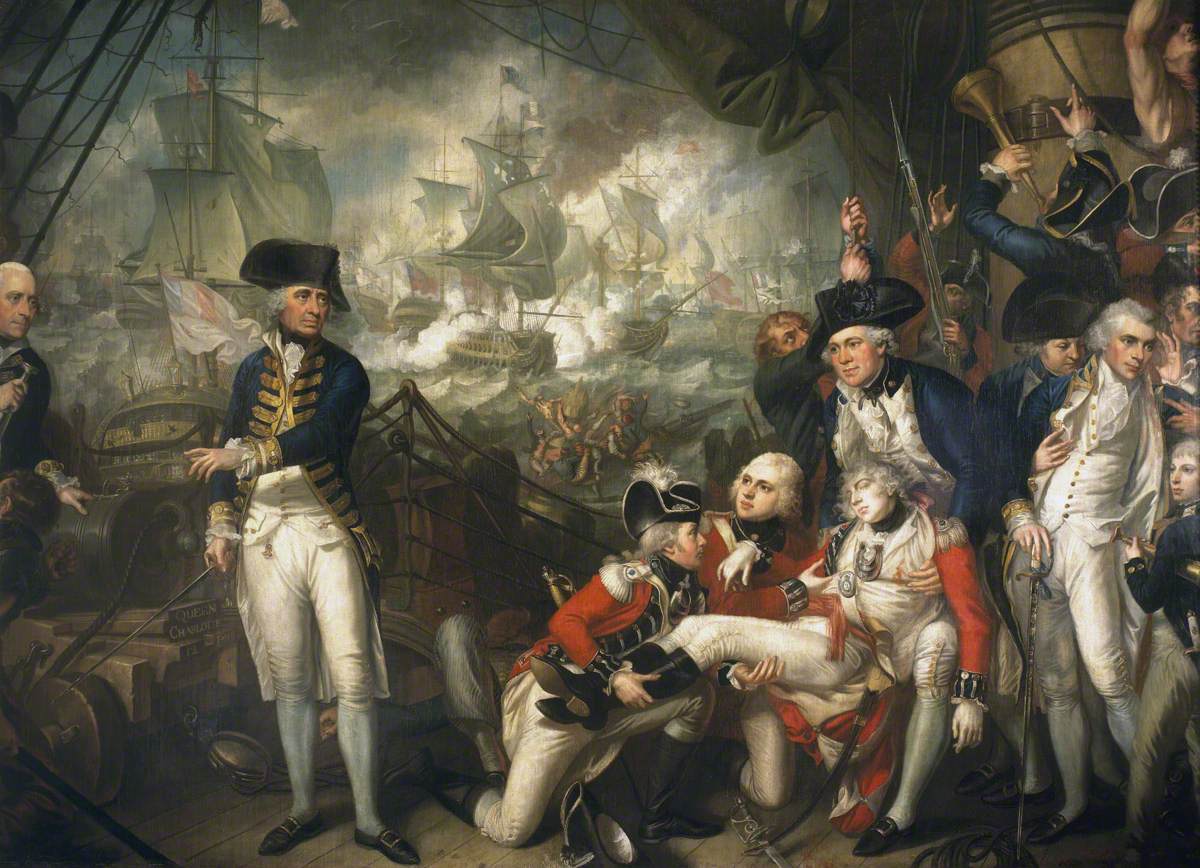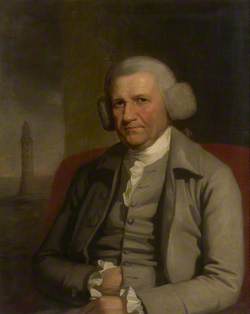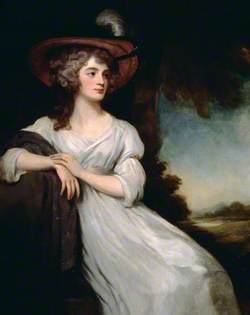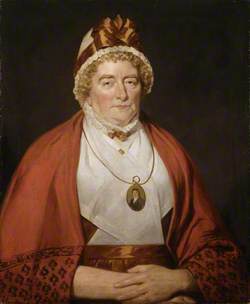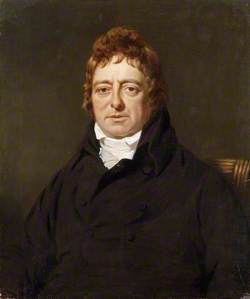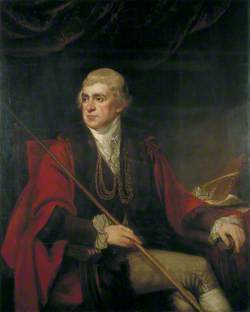How you can use this image
This image can be used for non-commercial research or private study purposes, and other UK exceptions to copyright permitted to users based in the United Kingdom under the Copyright, Designs and Patents Act 1988, as amended and revised. Any other type of use will need to be cleared with the rights holder(s).
Review the copyright credit lines that are located underneath the image, as these indicate who manages the copyright (©) within the artwork, and the photographic rights within the image.
The collection that owns the artwork may have more information on their own website about permitted uses and image licensing options.
Review our guidance pages which explain how you can reuse images, how to credit an image and how to find images in the public domain or with a Creative Commons licence available.
Notes
Add or edit a note on this artwork that only you can see. You can find notes again by going to the ‘Notes’ section of your account.
This work commemorates the Battle of the Glorious First of June, 1794. Lord Howe is second from the left in the group on 'Queen Charlotte's' quarter-deck, in admiral's full-dress uniform, 1787–1795, wearing a cocked hat. Though shown in uniform, during the battle he was reported as wearing an old civilian coat and knitted woollen cap. To the left, the Captain of the Fleet, Sir Roger Curtis, leans on a cannon. He wears the full-dress uniform of a commodore, 1787–1795. The main focus is the group around the dying Lieutenant Neville of the Queen's Regiment. Walter Lock, the naval lieutenant in the blue jacket, lifts Neville by the shoulders. To the left and centre of the group kneel Captain Tudor and Major Isaac of the Second Queen's Regiment and the Queen's Regiment.
The artist went to Portsmouth to sketch the 'Queen Charlotte' and the officers, making careful drawings and measurements, and studying the captured French ships. The painting was popularly exhibited by Daniel Orme in Old Bond Street in 1795. Significantly, it was believed to be the first time that portraiture had been introduced into a naval historical picture.
The published print shows that the canvas was cut down on all four sides. This accounts for the truncated figures to the left and right and has the effect of propelling the viewer immediately into the action. Brown was born in America and worked in England. He showed 80 paintings at the Royal Academy. Despite phenomenal early success, he fell on hard times and was disinherited by his father. He then concentrated on creating large religious and historical subjects, which were unsaleable. He died in London in poverty, in a room crowded with unsold paintings.
Title
Lord Howe on the Deck of the 'Queen Charlotte', 1 June 1794
Date
c.1794
Medium
oil on canvas
Measurements
H 259 x W 365.7 cm
Accession number
BHC2740
Work type
Painting
